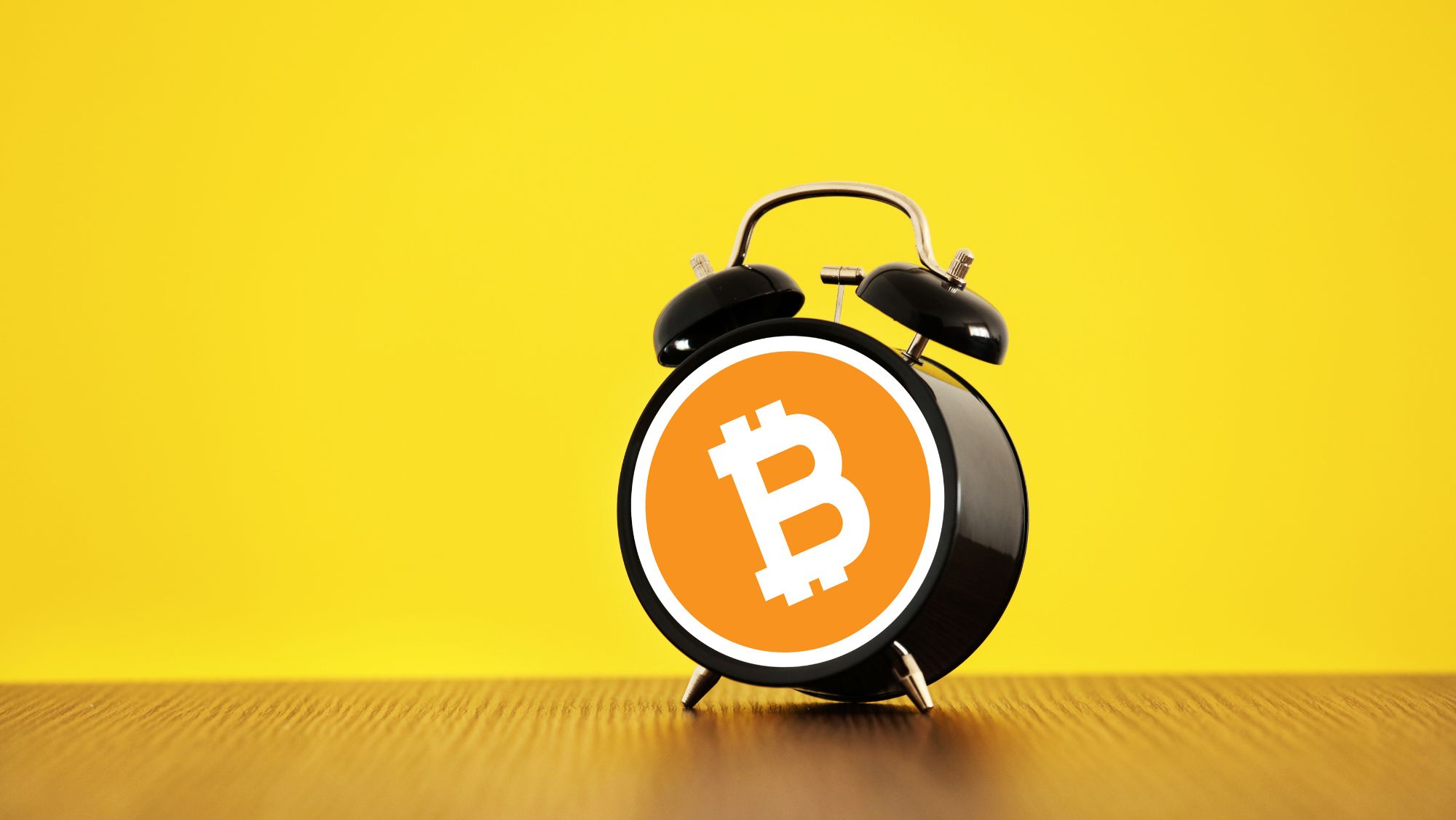
Let’s say that a new technology is developed that could allow many parties to transact a real estate deal. The parties get together and complete the details about timing, special circumstances and financing. How will these parties know they can trust each other? They would have to verify their agreement with third parties – banks, legal teams, government registration and so on. This brings them back to square one in terms of using the technology to save costs.
In the next stage, the third parties are now invited to join the real estate deal and provide their input while the transaction is being created in real time. This reduces the role of the middleman significantly. If the deal is this transparent, the middleman can even be eliminated in some cases. The lawyers are there to prevent miscommunication and lawsuits. If the terms are disclosed upfront, these risks are greatly reduced. If the financing arrangements are secured upfront, it will be known in advance that the deal will be paid for and the parties will honour their payments. This brings us to the last stage of the example. If the terms of the deal and the arrangements have been completed, how will the deal be paid for? The unit of measure would be a currency issued by a central bank, which means dealing with the banks once again. Should this happen, the banks would not allow these deals to be completed without some sort of due diligence on their end and this would imply costs and delays. Is the technology that useful in creating efficiency up to this point? It is not likely.
What is the solution? Create a digital currency that is not only just as transparent as the deal itself, but is in fact part of the terms of the deal. If this currency is interchangeable with currencies issued by central banks, the only requirement remaining is to convert the digital currency into a well-known currency like the Canadian dollar or the U.S. dollar which can be done at any time.
The technology being alluded to in the example is the blockchain technology. Trade is the backbone of the economy. A key reason why money exists is for the purpose of trade. Trade constitutes a large percentage of activity, production and taxes for various regions. Any savings in this area that can be applied across the world would be very significant. As an example, look at the idea of free trade. Prior to free trade, countries would import and export with other countries, but they had a tax system that would tax imports to restrict the effect that foreign goods had on the local country. After free trade, these taxes were eliminated and many more goods were produced. Even a small change in trade rules had a large effect on the world’s commerce. The word trade can be broken down into more specific areas like shipping, real estate, import/export and infrastructure and it is more obvious how lucrative the blockchain is if it can save even a small percentage of costs in these areas.
No Comments Yet
Let us know what you think